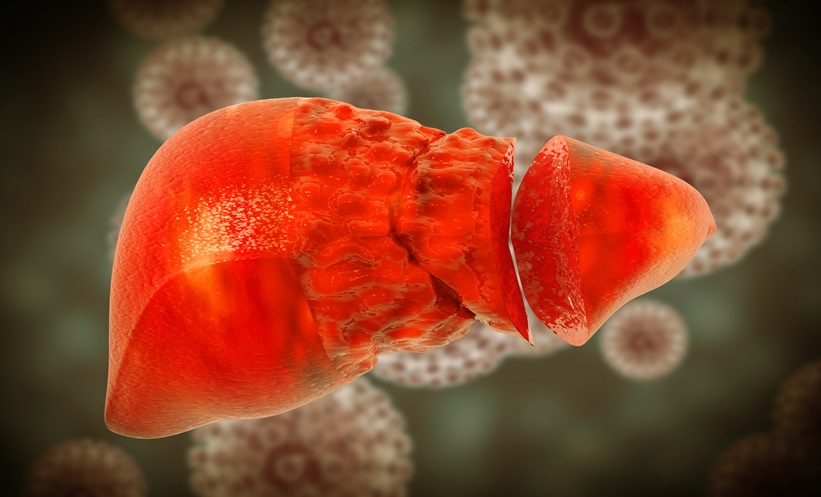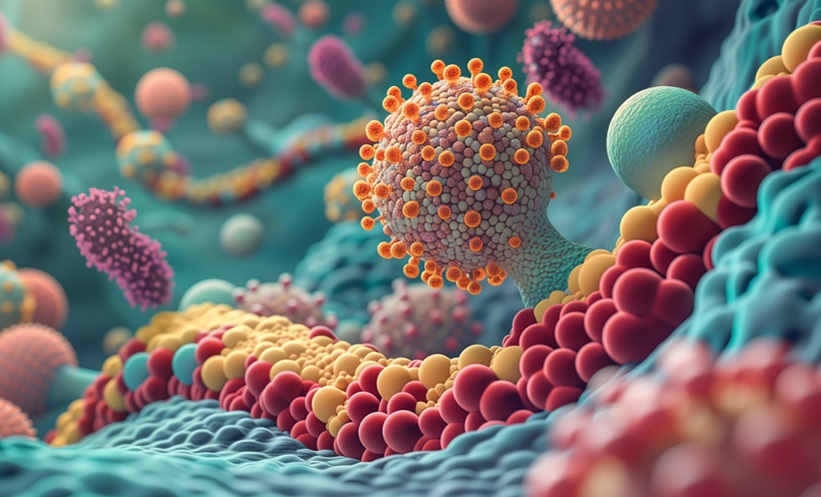Irene Bargellini | Diagnostic and Interventional Radiology Department, Candiolo Cancer Institute, Turin, Italy
Citation: EMJ Hepatol. 2023; DOI/10.33590/emjhepatol/10305038. https://doi.org/10.33590/emjhepatol/10305038.
![]()
Following your medical degree, what sparked your interest in oncologic imaging and later liver imaging?
The main reason why I decided to become a radiologist was my interest in interventional radiology. I was attracted by the possibility of getting access to and treating different types of diseases (vascular, tumoural, etc.) with a minimally invasive approach in a field that is continuously evolving, extremely dynamic and innovative, and of increasing interest for other physicians. Then, the main focus of my residency programme at the University of Pisa, Italy, was on liver tumours and interventions, and that is the reason why over the years I specialised more in this field, including pre- and post-procedural radiological assessment of treatment response, which is an essential part of our work to understand the outcomes of our treatments, how to improve them, and what to offer to the patients in case of partial or no response.
With over 100 publications to your name, which areas of hepatology research do you believe warrant greater attention?
As already mentioned, I mostly focused on primary liver tumours, for which treatment has rapidly evolved over the past few years with the introduction of newer drugs. Today, there is an increasing need for understanding the biology of these complex and heterogeneous tumours by linking clinical, radiological, and pathological data in an attempt to optimise and personalise treatment strategies, which will inevitably become more and more combined treatment strategies.
You recently co-authored a study entitled ‘Prognostic value of baseline imaging and clinical features in patients with advanced hepatocellular carcinoma’. What were the key findings?
This is one the papers that have been published analysing the results of the SORAMIC1 trial, a European study randomising patients with advanced stage cancer to receive either sorafenib alone or sorafenib and radioembolisation. The study failed in demonstrating an overall survival advantage of adding radioembolisation to systemic therapy. However, it provided a lot of useful information that was analysed to understand which patients could benefit from this combination therapy, or conversely for which patients sorafenib and radioembolisation could be even detrimental. The paper presents a number of clinical (such as poorer liver function) and radiological features that should be taken into account when selecting patients. In particular, from a radiological point of view, it confirms that there are some radiological features that are indicative of a more aggressive tumour behaviour, which do not just include tumour size and presence of satellite nodules (already known), but also peritumoral arterial enhancement and peritumoral hypointensity in the hepatobiliary phase. As previously mentioned, there is now a need to link some of these radiological features to a pathological signature that is not yet clearly identified.
What are the most significant changes you have seen in the field of hepatology during your time working within the field?
Over the last decade or so, there have been very important discoveries in the field of hepatology, such as the newer antiviral therapies that have dramatically modified the history of viral hepatitis and, consequently, the possibility of managing patients with concomitant hepatocellular carcinoma. On top of that, as already mentioned, systemic treatments of liver tumours are rapidly evolving and significantly improving patients’ prognosis.
You chaired a session at the European Association for the Study of the Liver (EASL) Congress 2023, entitled ‘Treatment of early stage hepatocellular carcinoma in 2023’. What were the key take-home messages?
I believe that the most interesting message of the session (which was very interesting with many questions from the audience and a lot of discussion) was that, despite the fact this is considered a very well-defined stage, when it comes to clinical practice it may be difficult to choose the most proper treatment approach for that specific patient group, with the possibility of offering different types of procedures (surgical, ablative, transarterial, and even systemic), knowing that to a certain extent the immediate results may not differ much (with the exception of transplantation). The session wanted to stimulate debate on how to move forward to identify clinical, pathological, and radiological features that could enable us to allocate patients to the most proper treatment, considering how the initial choice could have an impact on subsequent treatment options. On top of this, the very recent results of the IMbrave 050 trial2 have been presented and were discussed. This is the first positive study of systemic therapy in the adjuvant setting (atezolizumab plus bevacizumab after resection or ablation), although the interim results that have been presented are not yet mature enough to draw a definitive conclusion.
As a radiologist, what were your highlights from the EASL congress?
I was very proud, as a radiologist, to be invited to such a high-level hepatological meeting. To me, participating to non-radiological congresses is very helpful to have an update and a better understanding of what we as radiologists and interventional radiologists could offer. It is always challenging but inspiring.
EASL introduced interactive workshops as a new session type in 2023. How successful do you believe they were in encouraging participation and fostering engaging discussions?
The hands-on workshops were a real success. Attendees were very interested in learning some procedures, and in my workshop, we dealt with transjugular biopsies, hepatic venous pressure gradient measurement, and transjugular intrahepatic portosystemic shunt. Many questions were raised and the interaction in small groups is always very helpful.
How influential is EASL in the ongoing education of clinicians and, ultimately, the management of patients?
This is a top-level meeting that always attracts many physicians and not just from the hepatological field. Indeed, what makes EASL almost unique is the increasing involvement of specialists from other fields, with not only doctors but also nurses and technicians, to cover the entire spectrum of patients’ needs and continuously promote multidisciplinarity.







